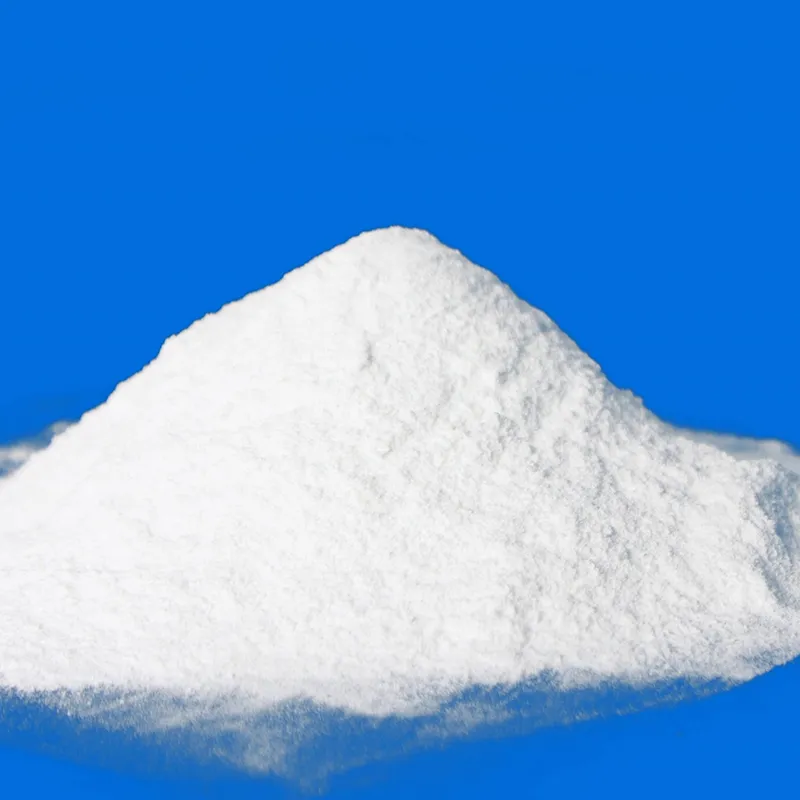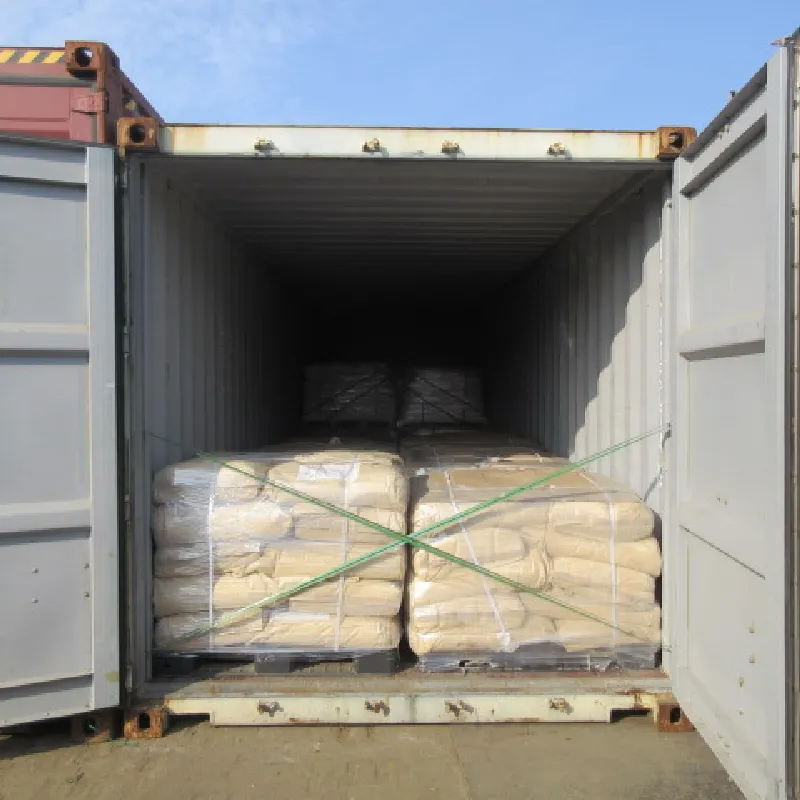
1-butyne structure
Understanding the Structure of 1-Butyne
1-Butyne, a member of the alkyne family, is an important organic compound characterized by its unique linear structure and its contribution to various industrial processes and laboratory applications. Alkynes are hydrocarbons that contain at least one carbon-carbon triple bond, and 1-butyne is among the simplest of these compounds. Its molecular formula is C₄H₆, reflecting its four carbon atoms and six hydrogen atoms.
Molecular Structure
The structural formula of 1-butyne can be represented as CH≡C-CH₂-CH₃. This notation reveals the presence of a triple bond between the first and second carbon atoms (the terminal carbons), which gives 1-butyne its distinctive properties. The triple bond consists of one sigma bond and two pi bonds, resulting in a linear arrangement of the carbon atoms involved in the bond. In contrast, the remaining carbon atoms are connected through single bonds (sigma bonds), leading to a tetrahedral geometry around the CH₂ and CH₃ groups.
The linear geometry of the triple bond results in a straightforward molecular structure that distinguishes 1-butyne from other isomers such as 2-butyne, which has a different connectivity and, consequently, different physical and chemical properties. The carbon atoms involved in the triple bond are bonded at 180-degree angles, making the molecule highly rigid. This linear nature contributes to its reactivity, especially in addition reactions where the triple bond can be broken and further compounds formed.
Physical Properties
1-Butyne is a colorless gas at room temperature and pressure, which can also be condensed into a liquid under certain conditions. It has a boiling point of approximately 27.1°C and a melting point of -103.6°C, indicating that it remains gaseous at standard temperature and pressure. Because of the presence of the triple bond, 1-butyne exhibits higher acidity compared to alkenes and alkanes, making it amenable to reactions with bases.
In terms of solubility, 1-butyne is relatively non-polar and is soluble in organic solvents like ethanol and ether, but it is not miscible with water. Its lower density compared to water also indicates that, if released into water bodies, it would float.
1-butyne structure

Industrial Applications
1-Butyne is not only important for academic study but also possesses significant industrial uses. It serves as a building block in organic synthesis, particularly in the production of more complex molecules such as pharmaceuticals and agrochemicals. The reactivity of 1-butyne makes it an ideal candidate for coupling reactions, where it can be employed to form longer carbon chains or introduce functional groups into a molecule.
Furthermore, 1-butyne can be used in the synthesis of polymers. For instance, it can serve as a monomer in the production of high-performance thermoplastics that exhibit desirable mechanical properties.
Safety Considerations
Despite its utility, handling 1-butyne requires caution due to its flammable nature. It is classified as a fire hazard, and appropriate safety measures should be taken when working with this compound. This includes using it in well-ventilated areas, employing proper protective equipment, and ensuring that it is kept away from sources of ignition.
Conclusion
In summary, 1-butyne is a significant organic compound characterized by its linear structure and the presence of a carbon-carbon triple bond. Its molecular structure underpins its unique properties and associated reactivity, making it vital for various applications in chemical synthesis and industrial processes. Understanding 1-butyne's structure and characteristics can open up pathways for innovative applications in organic chemistry and materials science. As with many chemicals, responsible handling and usage are crucial for safety and sustainability.
-
nitrile-rubber-honoring-strict-production-standardsNewsAug.22,2025
-
aspartame-ingredients-honoring-food-safety-valuesNewsAug.22,2025
-
fertilizer-for-balanced-plant-nutritionNewsAug.22,2025
-
cyanide-gold-processing-with-high-purity-additivesNewsAug.22,2025
-
formic-acid-in-textile-dyeing-applicationsNewsAug.22,2025
-
aluminum-hydroxide-gel-in-skincare-productsNewsAug.22,2025
-
Regulatory Compliance for Global Mining Chemicals UseNewsAug.12,2025
Hebei Tenger Chemical Technology Co., Ltd. focuses on the chemical industry and is committed to the export service of chemical raw materials.
-

view more DiethanolisopropanolamineIn the ever-growing field of chemical solutions, diethanolisopropanolamine (DEIPA) stands out as a versatile and important compound. Due to its unique chemical structure and properties, DEIPA is of interest to various industries including construction, personal care, and agriculture. -

view more TriisopropanolamineTriisopropanolamine (TIPA) alkanol amine substance, is a kind of alcohol amine compound with amino and alcohol hydroxyl, and because of its molecules contains both amino and hydroxyl. -

view more Tetramethyl Thiuram DisulfideTetramethyl thiuram disulfide, also known as TMTD, is a white to light-yellow powder with a distinct sulfur-like odor. It is soluble in organic solvents such as benzene, acetone, and ethyl acetate, making it highly versatile for use in different formulations. TMTD is known for its excellent vulcanization acceleration properties, which makes it a key ingredient in the production of rubber products. Additionally, it acts as an effective fungicide and bactericide, making it valuable in agricultural applications. Its high purity and stability ensure consistent performance, making it a preferred choice for manufacturers across various industries.





